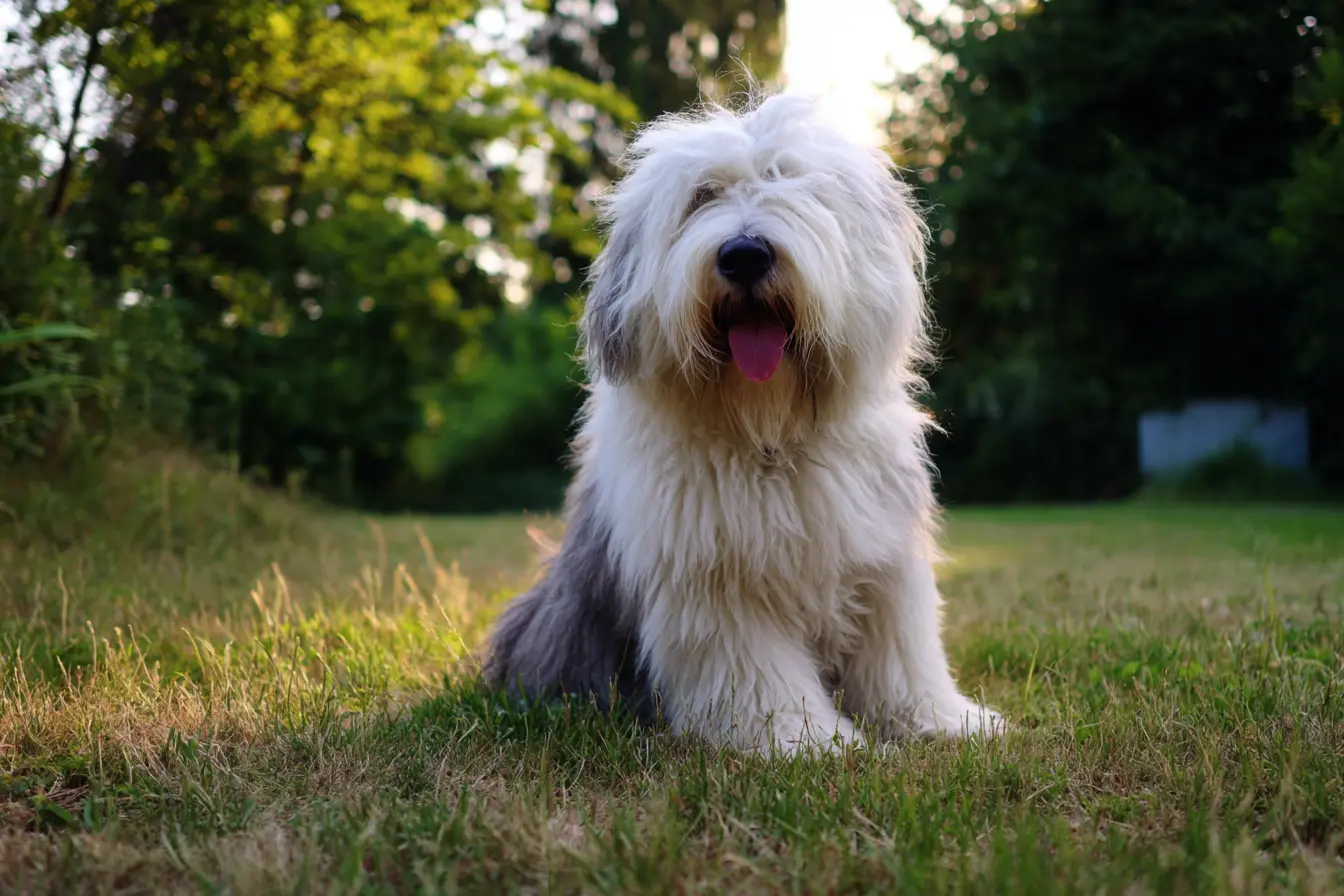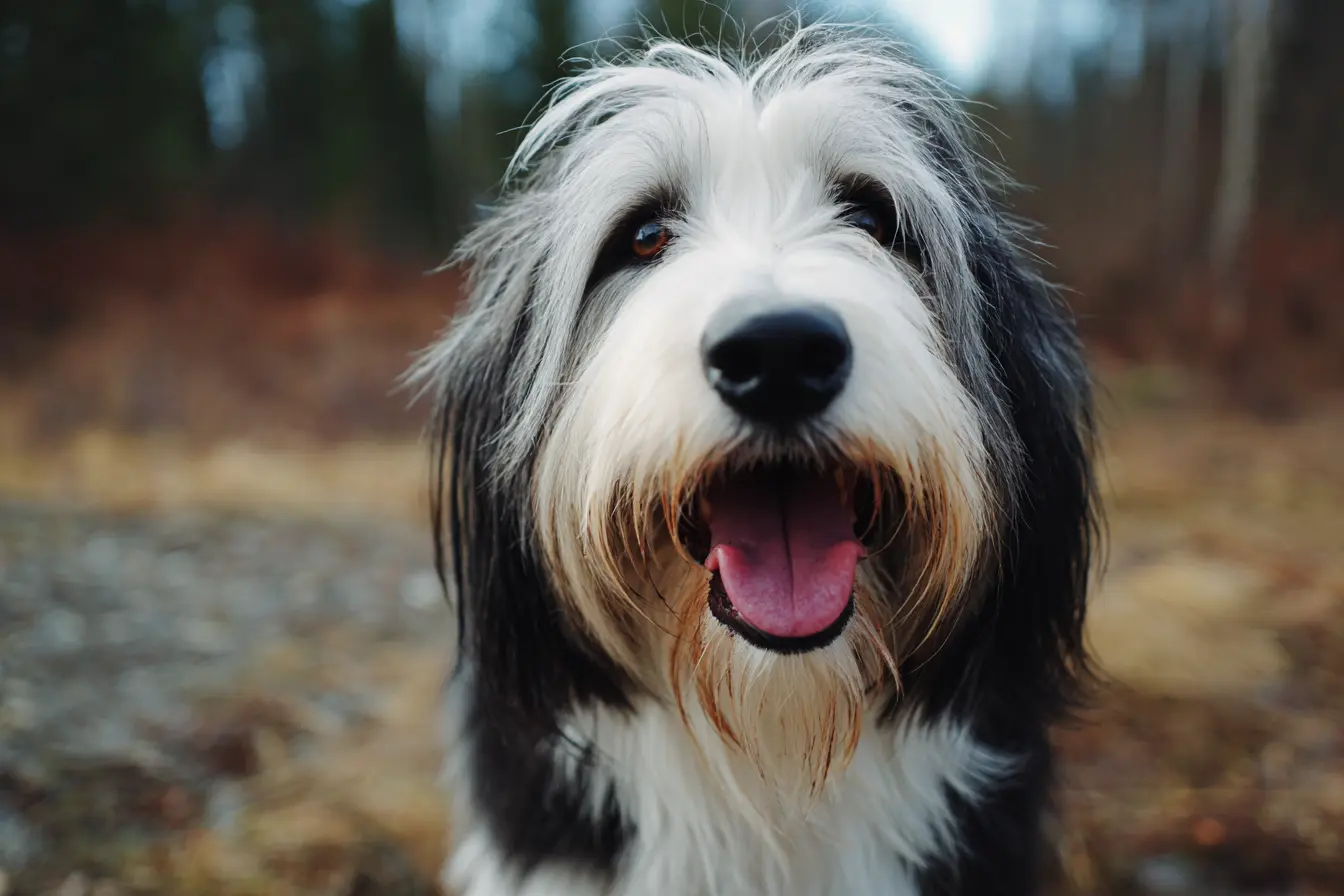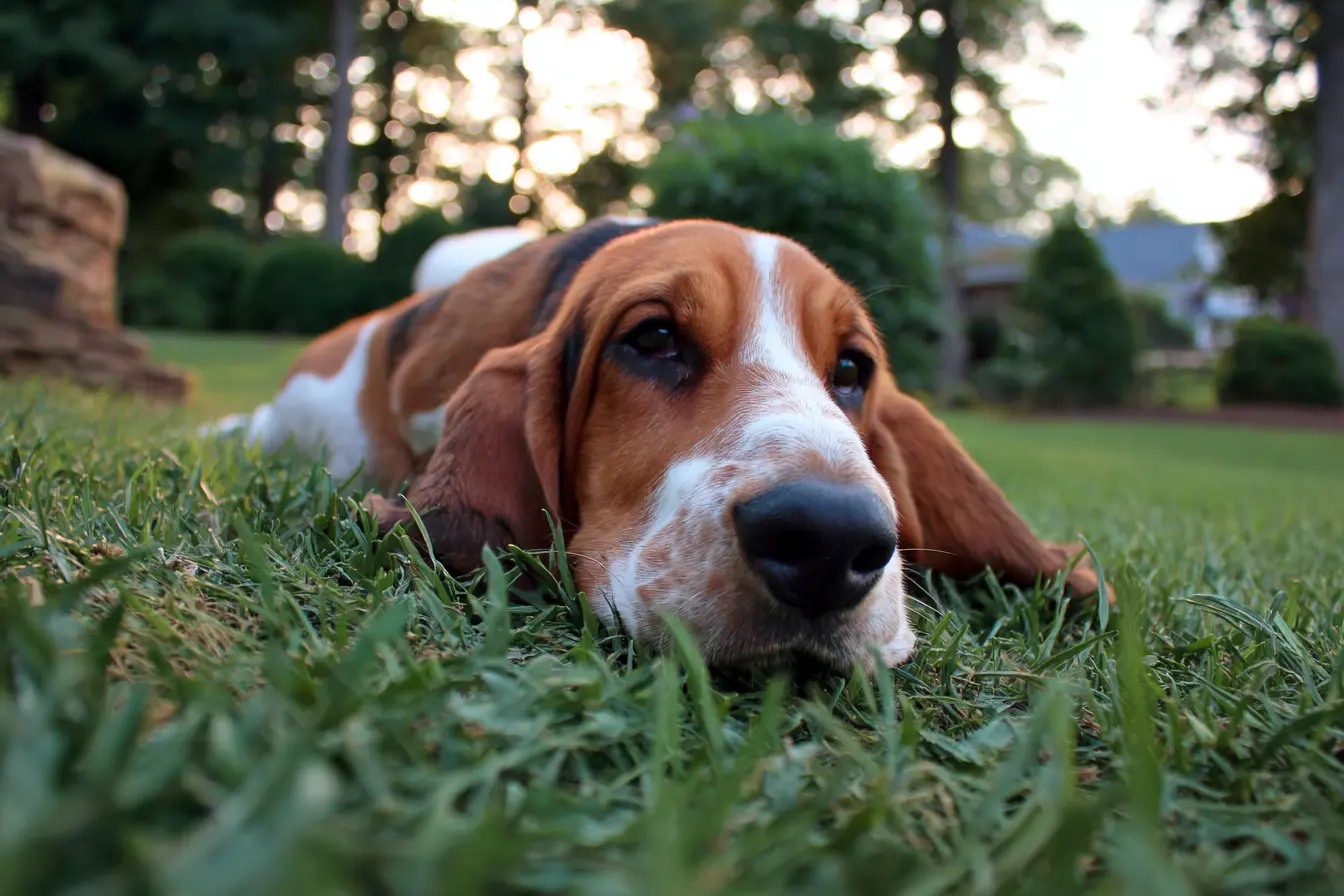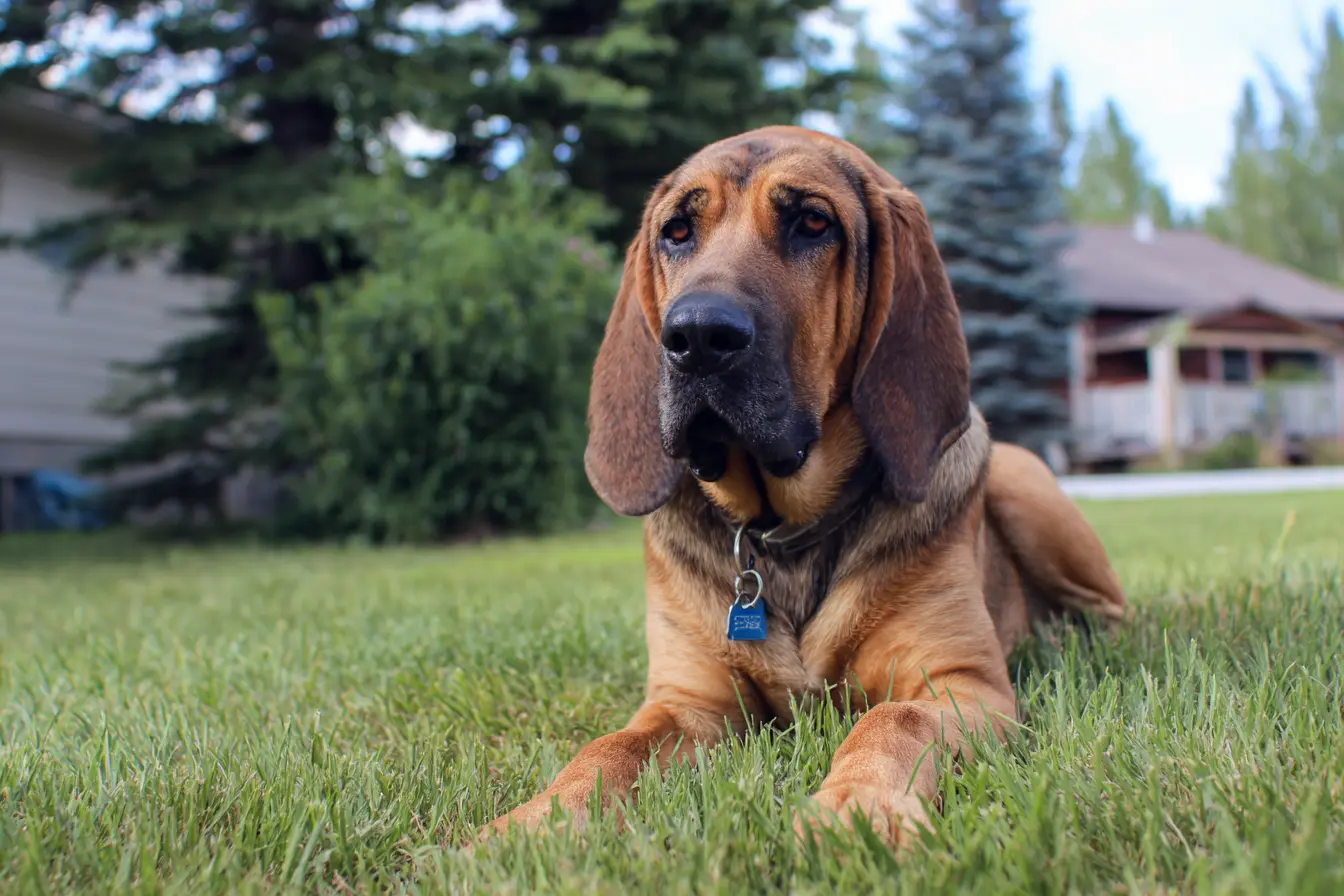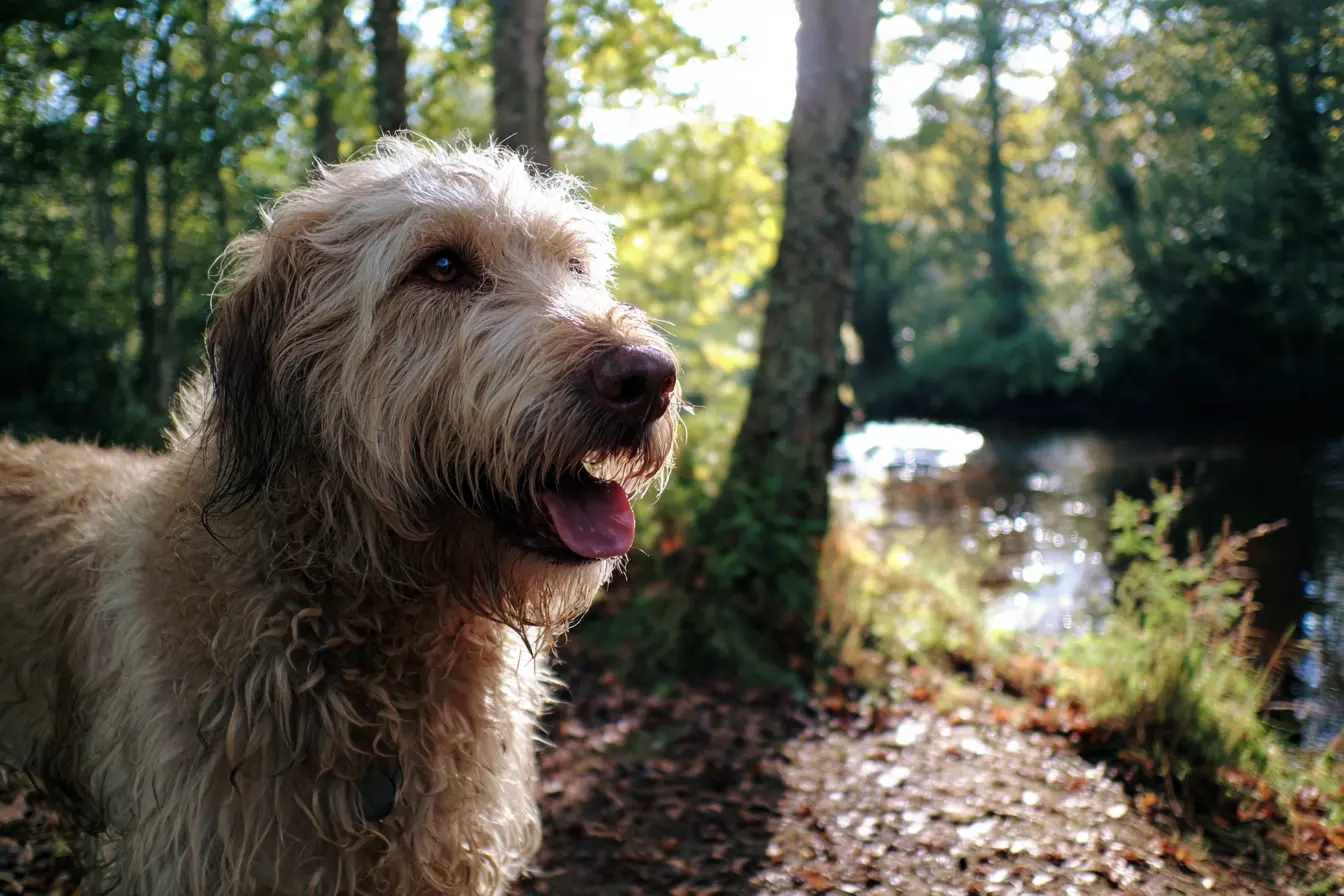
The Otterhound: A Rare and Remarkable Scent Hound
The Otterhound is a large, rough-coated hound with a cheerful personality and an extraordinary sense of smell. One of Britain's most distinctive native breeds, the Otterhound was originally developed for hunting otters in rivers and lakes. Today, they are one of the rarest dog breeds in the world, but their amiable nature, unique appearance, and working abilities continue to captivate dog enthusiasts. If you are considering welcoming an Otterhound into your life, it is important to understand their history, traits, and special care requirements. This guide will provide a comprehensive introduction to this fascinating breed.
Breed Overview
The Otterhound belongs to the Hound Group and is a scent hound, meaning it hunts by following scent trails rather than by sight. Purpose-bred for endurance and stamina, the Otterhound’s keen nose, webbed feet, and waterproof coat made it the perfect hunter in aquatic environments.
Physical Characteristics
- Size: Otterhounds are large dogs, with males standing 27 inches or more at the shoulder and females around 24 inches. Weight typically ranges from 30 to 54 kg.
- Coat and Colour: They have a dense, rough, and oily double coat designed for working in water. Coat colours vary and can include wheaten, black and tan, grizzle, liver, blue and cream, and many combinations.
- Lifespan: The average lifespan of an Otterhound is around 10-13 years.
Personality and Temperament
Otterhounds are known for their good-natured, friendly, and often clownish personalities. They are affectionate with their families and usually get along well with children and other dogs. Despite their size, they are often gentle and have an easy-going demeanour.
That said, they retain strong working instincts. Otterhounds are independent thinkers, which can sometimes make them seem stubborn. Training requires patience, consistency, and a good sense of humour.
They are also known for their melodious, deep baying voice, which they use freely when excited or tracking scents.
Otterhounds thrive in homes where they are included in daily life and given plenty of opportunities to exercise their bodies and minds.
Exercise and Training
Otterhounds are energetic and require substantial daily exercise to stay happy and healthy. Long walks, swimming sessions, and opportunities to explore secure, scent-rich environments are ideal.
Because of their strong noses, they can become easily engrossed in following scents, making it essential to exercise them on a lead or within securely fenced areas.
Training should focus on positive reinforcement techniques and begin early, incorporating obedience, recall work, and socialisation. Although intelligent, their independent nature means they may not always respond immediately to commands, particularly if their nose is occupied.
Scent work, tracking activities, and canine sports such as mantrailing can be fantastic outlets for an Otterhound's natural talents.
Health and Care
Otterhounds are generally robust, but as with all breeds, they are prone to some specific health concerns, including:
- Hip Dysplasia: A genetic condition affecting the hip joints.
- Gastric Dilatation-Volvulus (Bloat): A life-threatening condition requiring immediate veterinary attention.
- Epilepsy: Some Otterhounds are predisposed to seizure disorders.
- Ear Infections: Their large, pendulous ears are prone to moisture retention and need regular inspection and cleaning.
Their thick, rough coat requires weekly brushing to prevent matting and to remove debris. Regular grooming also helps manage the natural oils in their coat, which give them some water resistance.
As with all breeds, regular attention to dental hygiene, nail trimming, and ear cleaning is vital to maintaining overall health.
Living with an Otterhound
Otterhounds are happiest in active households where they are treated as family members. They are best suited to homes with large, securely fenced gardens and owners who enjoy outdoor activities.
Their size, voice, and energetic nature mean they may not be ideal for urban living, especially in apartments or homes with noise-sensitive neighbours.
They are generally easy-going indoors but still require regular mental and physical engagement. Otterhounds are social creatures and do not do well when left alone for long periods.
Prospective owners should be prepared for a dog that loves water, mud, and following its nose wherever it leads.
Is the Otterhound Right for You?
If you are seeking a rare, friendly, and active companion who will delight you with their clownish antics and impressive tracking skills, the Otterhound may be a perfect choice. They are best suited to owners who can provide plenty of exercise, patience with training, and who appreciate a dog with an independent, working spirit.
However, if you are looking for a low-maintenance, quiet, or highly obedient breed, the Otterhound’s unique characteristics may not be the best fit.
Conclusion
The Otterhound is a breed that combines ancient working instincts, endearing character, and distinctive good looks. With the right care, environment, and understanding, an Otterhound will become a loving, loyal, and endlessly entertaining companion. Whether splashing through rivers, bounding through fields, or snoozing by the fire, the Otterhound brings a lively spirit and a heart full of affection to any home lucky enough to have one.
Contents
Tags
Vets near you
Speciality vets
- Aquatics vet specialists
- Birds vet specialists
- Camelids vet specialists
- Cats vet specialists
- Cattle vet specialists
- Deer vet specialists
- Dogs vet specialists
- Equines vet specialists
- Exotic vet specialists
- Goats vet specialists
- Pigs vet specialists
- Poultry vet specialists
- Sheep vet specialists
- Small Mammals vet specialists
- Wild vet specialists
